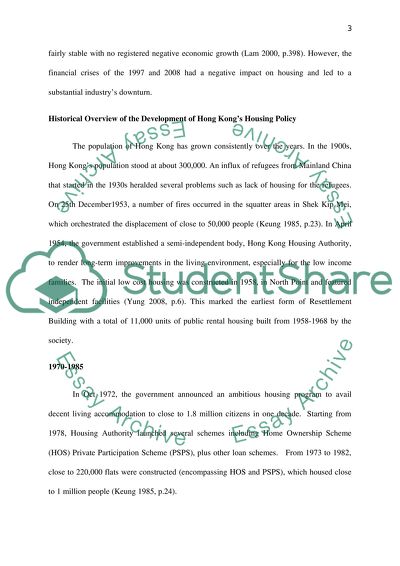Cite this document
(“The real estate market in Hong Kong and suggested public policies Essay”, n.d.)
The real estate market in Hong Kong and suggested public policies Essay. Retrieved from https://studentshare.org/macro-microeconomics/1402790-the-real-estate-market-in-hong-kong-and-suggested
The real estate market in Hong Kong and suggested public policies Essay. Retrieved from https://studentshare.org/macro-microeconomics/1402790-the-real-estate-market-in-hong-kong-and-suggested
(The Real Estate Market in Hong Kong and Suggested Public Policies Essay)
The Real Estate Market in Hong Kong and Suggested Public Policies Essay. https://studentshare.org/macro-microeconomics/1402790-the-real-estate-market-in-hong-kong-and-suggested.
The Real Estate Market in Hong Kong and Suggested Public Policies Essay. https://studentshare.org/macro-microeconomics/1402790-the-real-estate-market-in-hong-kong-and-suggested.
“The Real Estate Market in Hong Kong and Suggested Public Policies Essay”, n.d. https://studentshare.org/macro-microeconomics/1402790-the-real-estate-market-in-hong-kong-and-suggested.


